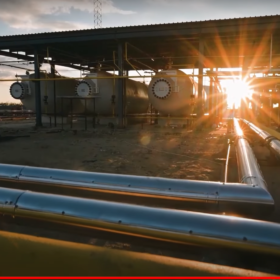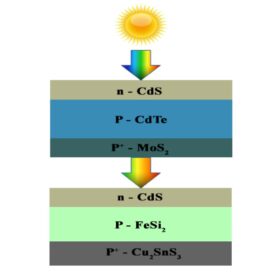India, Saudi Arabia and UAE top in green hydrogen competitiveness
The United Arab Emirates (UAE) tops in green hydrogen competitiveness with the world’s lowest levelized cost of hydrogen (LCoH) of $2.7/kg in 2023 and a projected $1.7/kg in 2030. It is followed by Saudi Arabia and India, which could produce green hydrogen at $2.9-$3.2/kg in 2023 and $1.8/kg in 2030.
Sodium-ion batteries – a viable alternative to lithium?
While lithium ion battery prices are falling again, interest in sodium ion (Na-ion) energy storage has not waned. With a global ramp-up of cell manufacturing capacity under way, it remains unclear whether this promising technology can tip the scales on supply and demand. Marija Maisch reports.
Evaluating the profitability of vanadium flow batteries
Researchers in Italy have estimated the profitability of future vanadium redox flow batteries based on real device and market parameters and found that market evolutions are heading to much more competitive systems, with capital costs down to €260/kWh at a storage duration of 10 hours.
How to convert PV plants with dual-axis trackers into agrivoltaic facilities
A Spanish group of researchers has investigated how much agricultural production may be hosted by existing ground-mounted PV plants using dual-axis trackers. They outlined a new methodology that reportedly enables to quantify how much space around and beneath the panels can be uses for agricultural purposes.
MNRE issues guidelines for setting up green hydrogen hubs in India
Under the National Green Hydrogen Mission, at least two green hydrogen hubs will be set up by FY 2025-26 with central financial assistance of INR 200 crore for creating the core infrastructure. Each of the hubs will have a production capacity of at least 100,000 mtpa.
IIT Kanpur event focused on sustainable innovation and entrepreneurship starts today
IIT Kanpur’s annual event Abhivyakti’24, scheduled for March 15 and 16, 2024, provides a platform for the startup ecosystem to collaborate and develop sustainable solutions for a better future.
Tandem solar cell based on cadmium telluride, iron disilicide promises 43.9% efficiency
Researchers in Bangladesh have designed a dual-junction tandem solar cell with a bottom device based on iron disilicide (FeSi2), an emerging absorber material know for its high thermal stability and good optoelectronic properties. Their simulation showed the advantage of combining the larger bandgap of the top cadmium telluride cell and the smaller bandgap of the bottom FeSi2 cell.
Perovskite thin film: Out with the old, in with the new
Silicon-perovskite tandem solar requires optimization of both approaches, and embodies the weaknesses of each. Meanwhile, the use of pure thin-film devices offers a cheaper, simpler, and more sustainable PV solution for the United States.
GCF approves $24.5 million investment in Avaana Capital’s climate and sustainability fund
Green Climate Fund (GCF) has approved a $24.5 million investment in Avaana Capital’s Climate and Sustainability Fund for technology-driven climate solutions.
Indian scientists design 26.24%-efficient triple-junction all perovskite solar cell
The researchers simulated an all perovskite solar cell offering the advantage of effectively harnessing sunlight across a wide range of wavelengths. The device has the potential to achieve an open-circuit voltage of 3.76 V, a short-circuit density of 10.70 mA/cm², and a fill factor of 69.00%.













